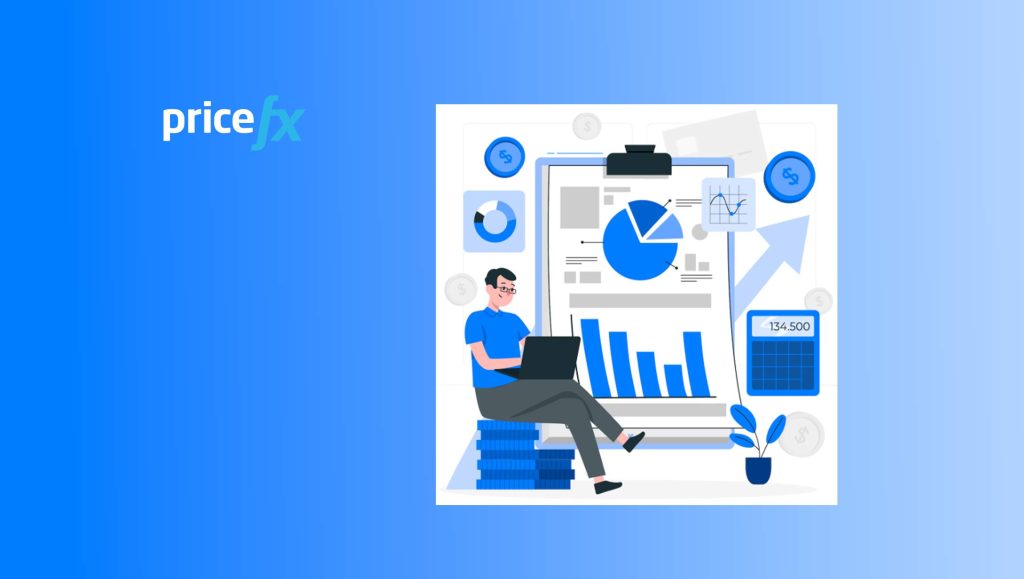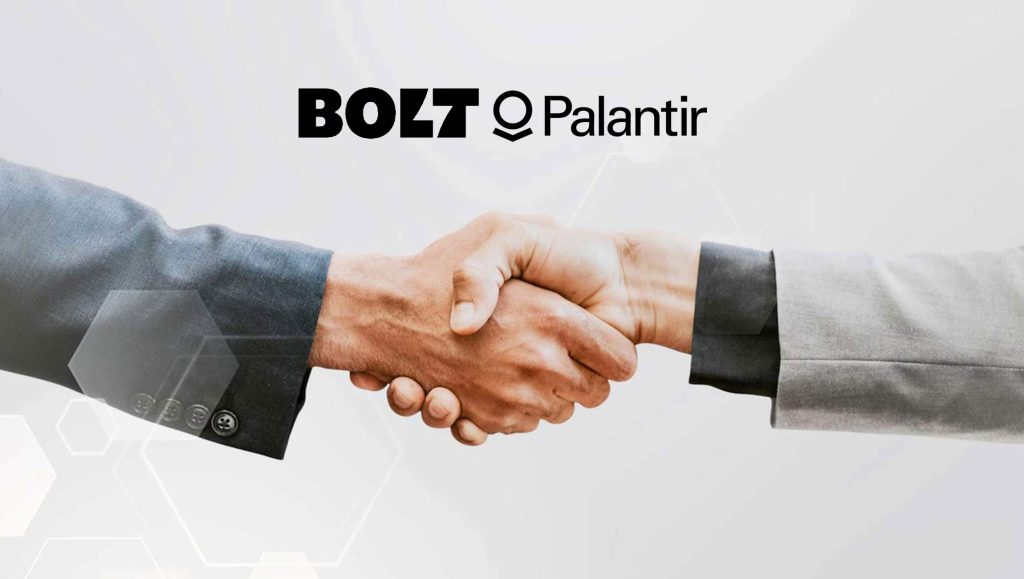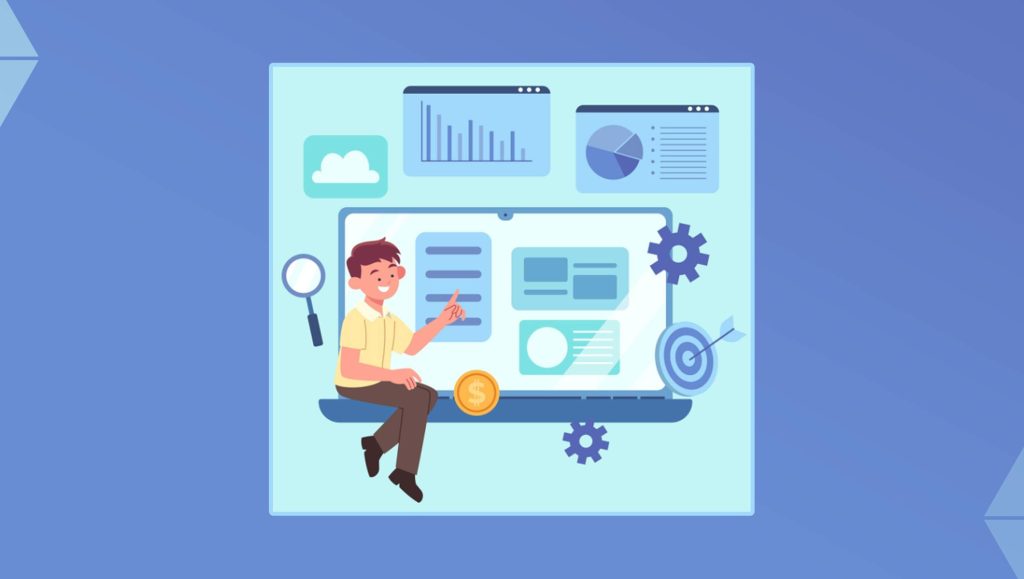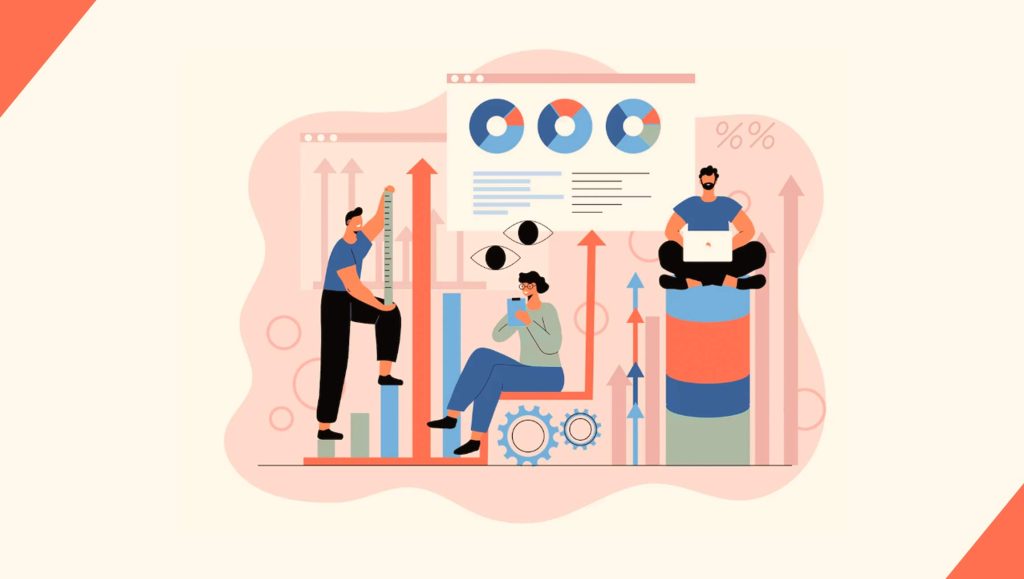Dana Feldman, VP of Enterprise Sales at Gong catches up with SalesTechStar to chat about the future of salestech while highlighting more on Gong’s latest AI powered enhancements in this Q&A:
__________
Hi Dana, tell us about yourself and more about your role at Gong
I’ve spent my career at the intersection of sales, technology, and strategic growth, helping companies scale high-performing revenue teams and drive measurable business impact. Today, I lead Enterprise Sales at Gong, where I focus on building and scaling our enterprise strategy to help organizations harness AI-driven revenue intelligence.
Before joining Gong, I led Amazon’s Enterprise & Mid-Market Sales team on the Amazon Business side. I also served as the Head of Enterprise, Sales Solutions (A/NZ) at LinkedIn, and as a Sales Manager for the Financial Services Vertical at Salesforce. Throughout my career, I’ve seen firsthand how sales organizations thrive when they have the right data, technology, and processes in place. That’s why I’m so passionate about helping revenue teams move beyond guesswork and gut instinct, using AI and actionable insights to drive growth with confidence.
How do you feel the SalesTech market will evolve in 2025 – what salestech trends will dominate the year?
In 2025, the SalesTech market will shift from AI hype to real, measurable impact, with companies focusing on AI solutions that drive tangible revenue outcomes. One of the biggest trends will be the rise of small, purpose-built AI models that deliver more accurate results at a fraction of the cost of traditional large language models. We’re seeing organizations prioritize domain-specific AI over general-purpose LLMs, as these smaller models can operate at just 10% of the cost while delivering more precise insights. At Gong, we’ve seen this ourselves—our proprietary AI models, tuned specifically for revenue teams, are twice as accurate as off-the-shelf AI solutions.
Another key trend is the continued role of AI agents, but in a way that enhances human productivity rather than replacing sales roles. While there has been plenty of talk about AI automating the sales process, the reality is that most AI agents today lack the reliability and repeatability needed for full-scale decision-making. In 2025, AI will be focused on supporting sellers by streamlining administrative work, such as CRM updates, meeting prep, and summarization, rather than taking over customer-facing interactions entirely.
Finally, we’ll see a shift in how companies measure AI ROI. The era of experimental AI budgets is over—business leaders now need to justify AI investments with clear, measurable revenue impact. The focus will move beyond simple efficiency gains to improving conversion rates, accelerating deal cycles, and increasing customer retention. Tools like Gong’s Revenue Analytics are already helping teams connect AI-driven insights directly to revenue outcomes, ensuring that AI isn’t just a productivity tool but a true growth engine.
Ultimately, 2025 will be the year SalesTech moves from theoretical AI discussions to real-world, revenue-driving applications. Companies that invest in cost-efficient AI models, strategic automation, and revenue-focused analytics will lead the way.
We’d love to hear more about some of Gong’s newest AI-driven features and how it enables Sales and Marketing teams?
AI is transforming sales and marketing teams in ways we’ve never seen before, and Gong is at the forefront of making AI not just a time-saver, but a true revenue accelerator. One of the biggest challenges in sales has always been the time wasted on administrative tasks, like CRM updates, manual reporting, and deal prep. With AI, teams can now reclaim that time and focus on what truly matters—building relationships, closing deals, and driving strategic initiatives.
At Celebrate 2024, we introduced three AI-powered tools designed to help sales and marketing teams work smarter. AI Brief Builder automates deal summaries, allowing reps to generate a complete account history in seconds, capturing key moments, objections, and competitor mentions without sifting through endless notes. AI Scorecard Answers revolutionizes coaching by automatically scoring calls based on key selling criteria, helping managers deliver consistent, data-driven feedback without having to listen to every interaction manually. And with Revenue Analytics, sales leaders finally have a single source of truth for sales performance, embedding AI-driven insights directly into their workflow to help them forecast more accurately and identify pipeline risks in real time.
AI’s role in revenue teams goes far beyond just saving time—it’s about helping teams execute better, predict outcomes with confidence, and scale their success more efficiently. These new tools make AI more accessible and actionable for sales and marketing teams, ensuring that every insight leads to a measurable business impact.
What myths surrounding AI and salestech would you like to dispel today?
There are three big myths about AI in sales that I’d love to dispel. The first is the idea that AI is replacing salespeople. The data simply doesn’t support that. In fact, Gong’s State of Revenue Growth 2025 Report found that companies using AI are actually hiring more aggressively than their peers. AI isn’t eliminating sales roles—it’s helping teams sell smarter, optimize workflows, and drive efficiency, allowing them to scale in ways that weren’t possible before.
Another common misconception is that bigger AI models are always better. The reality is that smaller, domain-specific AI models consistently outperform generic LLMs in both accuracy and cost-efficiency. Large-scale models can be expensive, slow, and difficult to fine-tune, while purpose-built AI—like the models Gong has trained specifically for revenue teams—delivers insights twice as accurately as off-the-shelf solutions.
Finally, many people assume that AI is just about automation—reducing manual work and speeding up processes. But AI is so much more than that. The best AI doesn’t just automate—it guides decisions, predicts risks, and enables revenue teams to execute strategies more effectively. AI should be a force multiplier, giving teams the confidence and intelligence they need to outperform competitors and drive revenue growth. The bottom line? AI isn’t about replacing people—it’s about replacing guesswork with data-driven decision-making and helping teams operate at their full potential.
For Sales and Marketing teams today to be able to effectively use AI to transform pre purchase and post purchase cycles, what tips would you share? What common mistakes do B2B teams make when it comes to deploying AI for sales and marketing processes?
To maximize AI’s potential in sales and marketing, teams must start with the right foundation—data quality. AI is only as good as the data it learns from, and one of the biggest challenges organizations face is relying on incomplete or biased CRM data. If the foundation is flawed, AI-driven insights will be unreliable. Tools like Gong’s Data Engine, which captures 100x more data than CRM, ensure AI is pulling from real, complete conversations rather than manual, opinionated inputs, allowing teams to generate more precise and actionable insights.
Beyond data quality, AI should be used as a strategic guide, not just an automation tool. Too often, AI is deployed in silos, such as email automation or task reduction, but the real impact comes when AI is embedded across the entire revenue cycle. Instead of simply automating administrative tasks, AI should help identify deal risks, surface coaching opportunities, and personalize outreach based on real buyer behaviors. The most successful AI-driven teams use AI to inform every stage of the buyer journey, from lead scoring to post-sale engagement, ensuring that insights drive more effective decision-making at every touchpoint.
Another critical factor in AI success is ensuring organization-wide adoption. AI adoption requires a cultural shift, where sales and marketing teams trust AI-driven insights and actively integrate them into their workflows. A common mistake companies make is deploying AI without clear business goals—AI isn’t a magic bullet, but when aligned with specific revenue objectives, such as reducing churn, improving forecast accuracy, or increasing pipeline velocity, it becomes a powerful growth driver. Additionally, teams must avoid over-relying on black-box AI—transparency is key. Sales professionals need to understand how AI reaches conclusions so they can confidently act on its recommendations.
Finally, companies need to measure AI’s ROI beyond just productivity gains. While reducing admin work is valuable, the real measure of success is AI’s impact on conversion rates, deal acceleration, and customer retention. AI should be a growth engine, not just a time-saving tool. Organizations that focus on AI’s revenue-driving potential—rather than just efficiency—will be best positioned to scale and succeed in the new era of AI-powered sales and marketing.
Also Catch –
Episode 214 Of The SalesStar Podcast By SalesTech Star and MarTech Series: Balancing the AI, Automation and Human Connect in Revenue and Sales, with: Shane Evans, Chief Revenue Officer at Gong
Five SalesTech innovators you’d like to shout out to and why?
There are some really exciting innovators and innovative products in SalesTech that are shaping the future of AI-powered revenue teams.
Sam Richter is a game-changer in sales intelligence—he built the Intel Engine platform to help sales teams use the right information to close more deals, and he’s a top expert in sales intelligence.
As Adobe’s Head of Partnerships for GenAI, author of Superhuman Innovation—the first book co-authored by AI about AI—and a leading voice on leveraging AI to transform business practices, Chris Duffey is driving the future of sales tech by helping businesses harness AI for smarter customer engagement and revenue growth.
LinkedIn Sales Navigator for Gong – A game-changer for sellers looking to streamline prospecting and relationship-building by bringing LinkedIn insights directly into their workflow.
AWS Marketplace for Gong – Expanding accessibility for AI-powered revenue intelligence, making it easier for enterprises to integrate Gong into their tech stack.
Microsoft Dynamics CRM Integration – Enabling seamless bidirectional data syncing, so revenue teams can capture and act on customer insights in real time.
Read More: Overcoming Prospect Objections with AI: Real-Time Insights for Rebuttals

Gong empowers everyone in revenue teams to improve productivity, increase predictability, and drive revenue growth by deeply understanding customers and business trends; driving impactful decisions and actions. The Gong Revenue AI Platform captures and contextualizes customer interactions, surfaces insights and predictions, and powers actions and workflows that are essential for business success. More than 4,500 companies around the world rely on Gong to unlock their revenue potential.
Dana Feldman is the VP of Enterprise Sales at Gong, where she’s building and scaling strategic sales. Before joining Gong, Dana led Amazon’s Enterprise & Mid-Market Sales team on the Amazon Business side for over three years. Her extensive experience also includes serving as the Head of Enterprise, Sales Solutions (A/NZ) at LinkedIn, and as a Sales Manager for the Financial Services Vertical at Salesforce.




























